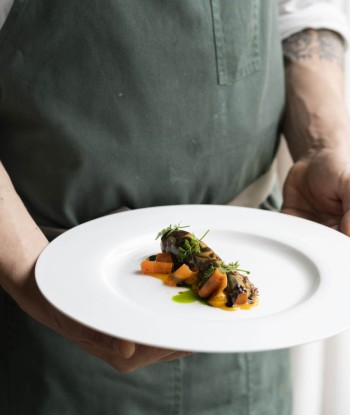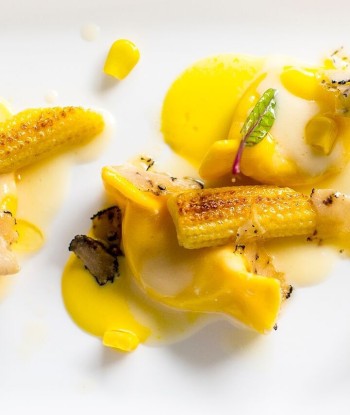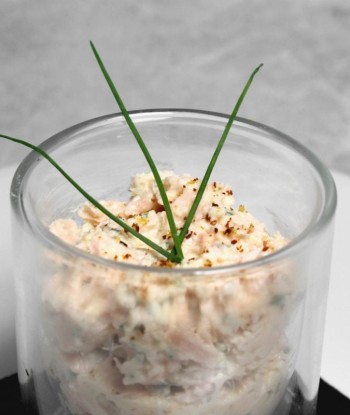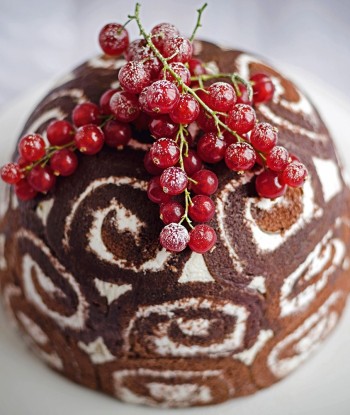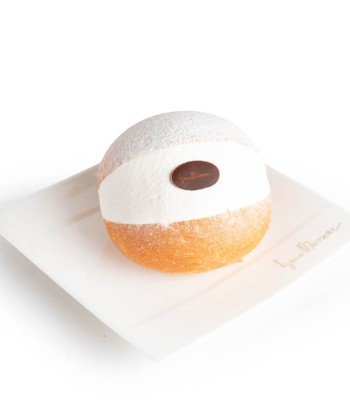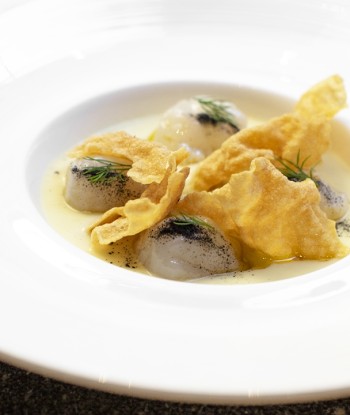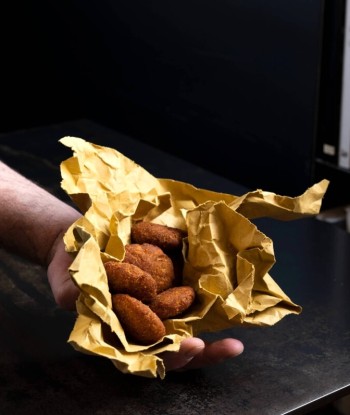Chef Daniele Roppo offers a recipe that makes use of bread, an ingredient that is often left over in restaurant kitchens. The dish is enriched with guttiau bread, in honor of the new opening of Marchese Poltu Quatu, and with buffalo stracciatella cheese.
Pappa al pomodoro, guttiau bread and stracciatella cheese - chef Daniele Roppo, Il Marchese
Ingredients for 4
- 500 g peeled tomatoes
- 500 g stale white bread crumbs
- 1 shallot
- 1 bunch basil
- Extra-virgin olive oil
- Salt
- Sugar
- 150 ml sunflower oil
- 250 g buffalo stracciatella
- Guttiau bread to taste
Procedure
Start by washing the basil thoroughly, removing the leaves and setting them aside. Then roughly chop the shallot. Take a pot and pour in a drizzle of oil, add the shallot and basil stems, and cook over medium-low heat.
Add the peeled tomatoes and cook for 20-30 minutes. Season with salt and, if necessary, adjust the acidity with ½ teaspoon of sugar. Remove the stems, add half of the basil leaves and blend everything together.
Allow to cool and add the stale bread crumbs with a whisk, then mix to form a mixture. At this point, leave to rest in the refrigerator (panzanella can be served at room temperature or warm). Finish on the plate with pieces of guttiau bread and stracciatella di bufala cheese.
Procedure for basil oil
To make basil oil, cook the basil leaves for 30 seconds and then “stop” them in ice water. Blend the basil leaves with sunflower oil (do not use extra-virgin olive oil, which would cover the flavor of the basil and darken the final color) and two ice cubes. Once blended, filter the mixture through cheesecloth.



